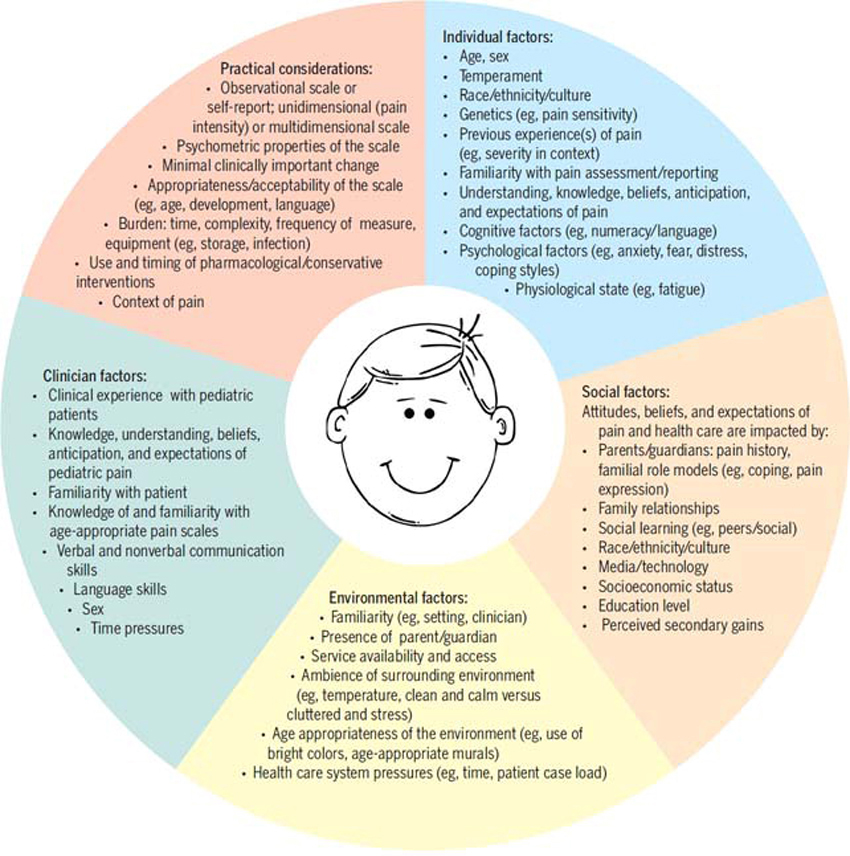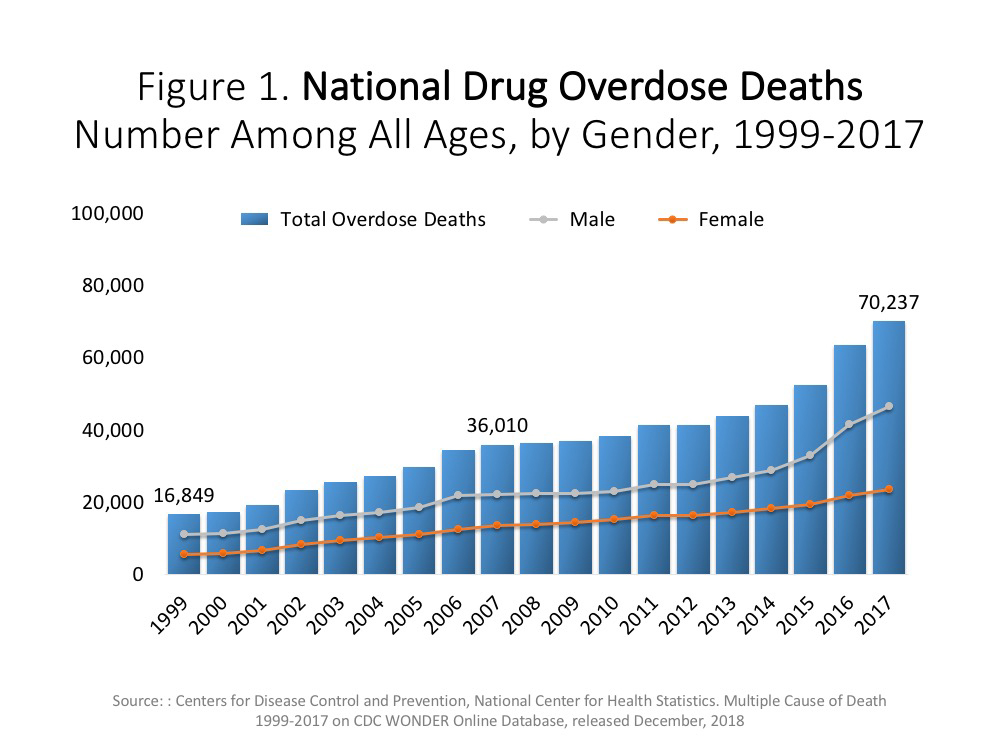The Association Between Psychological and Social Factors and Spinal Pain in Adolescents
SOURCE: Eur J Pediatr. 2018 (Nov 21) [Epub]
Sarah Batley & Ellen Aartun & Eleanor Boyle & Jan Hartvigsen & Paula J. Stern & Lise Hestbæk
Graduate Studies,
Canadian Memorial Chiropractic College,
6100 Leslie Street,
Toronto, M2H 3J1, Canada.
Spinal pain, back pain, and/or neck pain begins early in life and is strongly associated with spinal pain in adulthood. Understanding the relationship between psychological and social factors and adolescent spinal pain may be important in both the prevention and treatment of spinal pain in this age group. We aimed to determine if psychological and social factors were associated with spinal pain in a cross-sectional study of a school-based cohort of 1279 Danish adolescents aged 11–13, who were categorized into “any” and “substantial” spinal pain.
“Substantial spinal pain” was defined as a lifetime frequency of “sometimes” or “often” and a pain intensity of at least two on the revised Faces Pain Scale. Logistic regression analyses, stratified by sex, were conducted for single and all variables together. Eighty-six percent of participants reported “any spinal pain” and 28% reported “substantial spinal pain”. Frequency of psychological and social factors was significantly higher in those with spinal pain compared to those without. As the frequency of psychological and social factors increased, the odds of both “any spinal pain” and “substantial spinal pain” also increased.
There are more articles like this @ our:
The Chiropractic Pediatrics Section
and the:
Conclusion: Psychological and social factors may be important determinants in adolescent spinal pain.
KEYWORDS: Adolescent; Back pain; Psychological factor; School children; Social factor; Spinal pain
Abbreviations
CI = Confidence interval
HBSC = Health Behaviour in School-Aged Children
OR = odds ratio
rFPS = Revised Faces Pain Scale
SP = spinal pain
YSQ = Young Spine Questionnaire
SES = Socioeconomic status
From the FULL TEXT Article
Introduction
Spinal pain (SP) is a major public health concern globally with low back pain and neck pain as leading causes of years lived with disability. [30] SP begins early in life and prevalence increases rapidly during adolescence to reach adult levels by age 18. [4, 8] Thus, SP in adolescence is very common with some studies citing lifetime prevalence rates as high as 86%. [1] The majority of this SP is mild with few consequences; however, a smaller portion of adolescents have more persistent and recurring pain that impacts their daily lives and well-being. [1] Negative consequences of adolescent SP include absence from school, healthcare-seeking behavior, avoidance of sports and activities, as well as decreased quality of life. [19, 20]
SP in adolescence is strongly associated with SP in adulthood. [11, 14] The literature on SP in adult populations illustrates that SP and psychological and social factors are strongly related. [13, 22, 25] A few studies have shown that psychological and social factors are also related to SP in adolescence [7, 24, 28, 31], but this is not as well established. Studies conducted on this age group have found that higher levels of stress, depression, negative behavior, emotional problems, poorer overall well-being, and higher levels of peer problems increase the odds of reporting SP. [7, 24, 28, 31]
Therefore, the primary objective of this study was to determine if psychological and social factors are associated with SP in a cohort of Danish adolescents aged 11–13 years.
Read the rest of this Full Text article now!






Leave A Comment